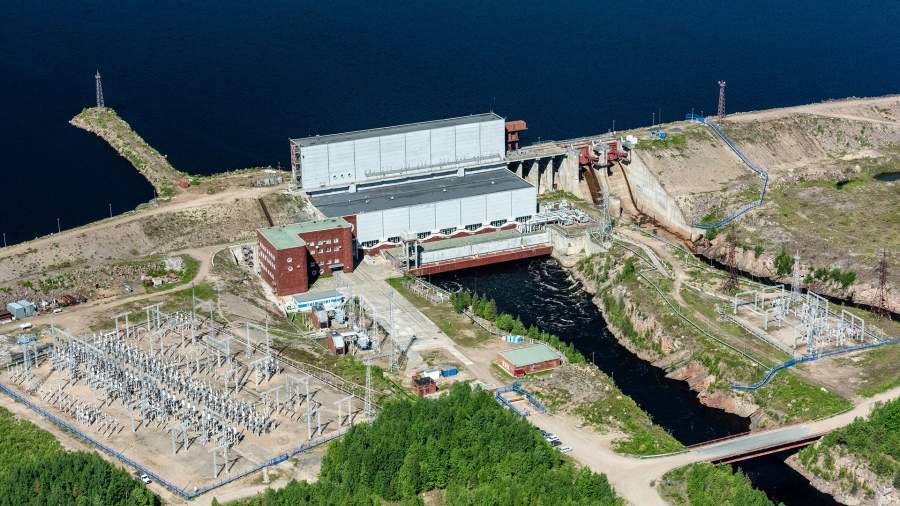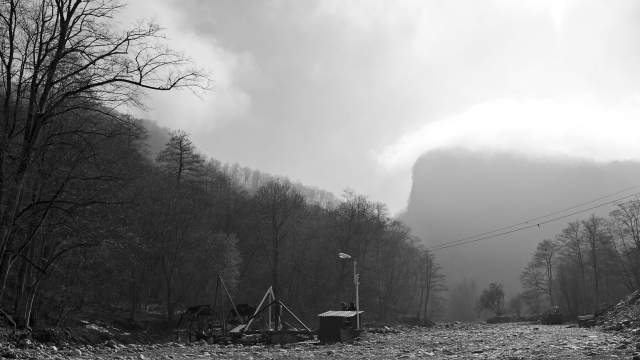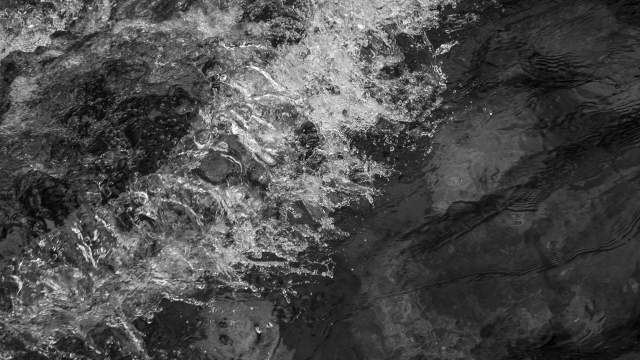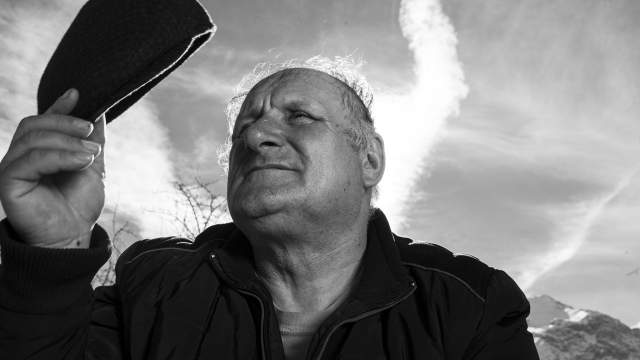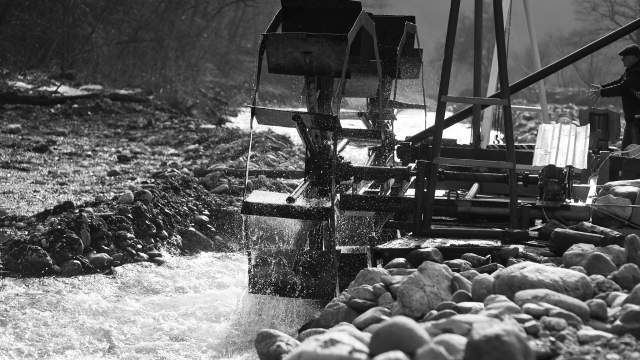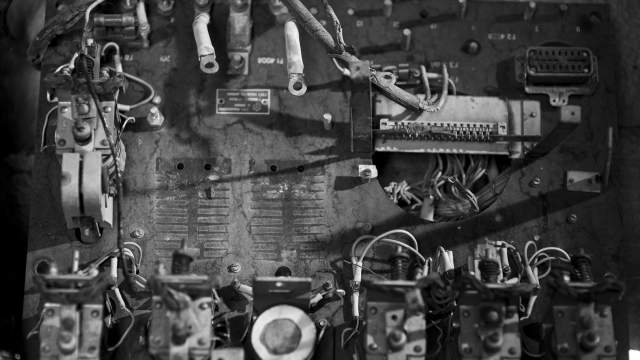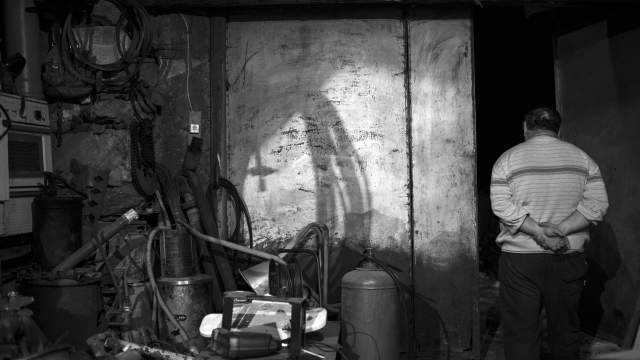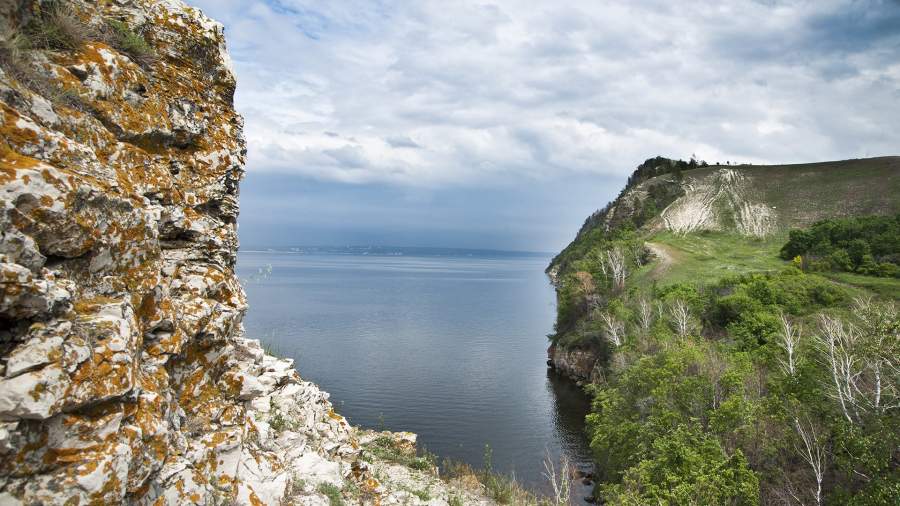Business asks the Cabinet of Ministers to give large hydropower plants access to green finance… According to the criteria developed by the Ministry of Economic Development and Trade, projects with low emissions into the atmosphere will be able to receive a number of benefits. Among them are hydroelectric power plants, but with a capacity of no more than 25 MW, that is, small and medium-sized companies. Business representatives consider this restriction unreasonable. The Association “Hydroenergy of Russia” (which unites 96% of the country’s hydroelectric power plants) sent letters to the Ministry of Economic Development and the Ministry of Energy with a request to extend the benefits to large enterprises in the industry. Hydroelectric power plants practically do not emit greenhouse gases into the atmosphere, but in their work there may be other “green” risks associated with the disruption of ecosystems of water bodies, experts noted.
Table Of Contents
“Green” benefits
In April, the Ministry of Economic Development and Trade developed criteria according to which the so-called green financing (measures to support enterprises that reduce the negative impact on the environment) will be able to count, including projects for the development of renewable energy sources (RES), that is, sun, wind, water… These provisions are planned to be fixed in the order of the government, which may come into force by the end of the year, the chairman of the Russian Ecological Society Rashid Ismailov told Izvestia. According to him, among hydropower enterprises, only stations with a capacity of no more than 25 MW will be able to apply for concessional financing, that is, small and medium, noted Rashid Ismailov. However, the wording may change, since the draft order has not yet been adopted, he added.
Director of the Association “Hydropower of Russia” Oleg Lushnikov April 13 sent letters Deputy Minister of Energy Pavel Snikkars and Deputy Minister of Economic Development Ilya Torosov with a request to give the right to receive “green” financing for large hydropower plants…
“Neither wind power stations, nor solar power stations are subject to any restrictions on capacity or any other criteria,” Oleg Lushnikov told Izvestia.
If the government does not give large hydropower plants the opportunity to receive benefits, it will be more difficult to attract investments in the hydropower industry – both domestically and from abroad, he stressed.
IN Ministry of Energy Izvestia was informed that the department supports the initiative to recognize HPPs of any capacity as complying with the taxonomy of “green” projects… The ministry stressed that the activities of such generating facilities are characterized by a minimal impact on the climate system, and this is fundamentally important in terms of meeting the goals of the Paris Agreement on climate.
– Specific greenhouse gas emissions for the generation of 1 kWh of such sources are less than 50 g of СО2-equivalent, which makes it possible to recognize such sources of electrical energy as carbon-free, – said the department.
RusHydro supports the initiative associations, the company told Izvestia. To generate electricity, all hydroelectric power plants, regardless of their capacity, use an environmentally friendly, renewable source – the energy of falling water, they stressed.
The letters of the association indicate that the country’s hydroelectric power plants emit 4.65 million tons of greenhouse gases annually – less than 0.3% of total anthropogenic emissions. At the same time, 5.21 million tons of greenhouse gases are buried in bottom sediments annually. That is, the reservoirs of Russian hydroelectric power plants not only do not emit greenhouse gases, but even absorb them in the amount of 0.56 million, the document says.
“We have taken into account some of our colleagues’ suggestions and are ready to include in the taxonomy of“ green ”hydroelectric projects that use the natural energy of a water flow without building a dam. Such hydroelectric power plants are included in the taxonomy without additional conditions. However, hydroelectric power plants with a dam are included in the taxonomy of “green” projects with the proviso that the environmental impact will be determined by the project initiator and confirmed by the verifier, ”Ilya Torosov told Izvestia.
Although hydroelectric power plants do not have emissions into the atmosphere and the hydrosphere, they still have environmental risks in their operation, confirmed by the first deputy chairman of the public council under the Ministry of Natural Resources Alexander Zakondyrin.
– A change in the river regime leads to a change in the composition of the fauna and sometimes flora… For example, a dam of a hydroelectric power station blocks the river. As a result, the fish, which for thousands of years went to spawn in a certain place, can no longer do this and its population decreases. Water discharge, which sometimes has to be done, can also lead to to the death of fishif the discharged water is warmer than permissible and there is not enough oxygen in it, – said the ecologist.
The Ministry of Natural Resources told Izvestia that during the construction of the dam hydroelectric power station, ecosystems do change, but changes in nature are constantly taking place.
– During the construction of dam hydroelectric power plants, the Red Data Book species inhabiting this territory are relocated to habitat conditions suitable for them, – the department noted.
Support measures
Minek is considering the possibility of helping projects that will comply with the “green” taxonomy, said Ilya Torosov.
“As financial support measures, we propose to give an opportunity to receive subsidies for businesses to reimburse part of the costs of project verification, to provide subsidies to reimburse the costs of paying coupon income, to reduce the tax rate in order to increase the investment attractiveness of green bonds,” the Deputy Minister said.
Of the non-financial measures, the proposals of the Ministry of Finance include the simplified admission of “green” bonds to the quotation lists of trade organizers, as well as the creation of financial regulation and supervisory measures that would stimulate market participants to pursue a policy of responsible financing, said Ilya Torosov.
After the first publication of the taxonomy of “green” projects in September, changes were made to it, and in the current version of the document, hydroelectric power plants of all types are considered environmentally friendly, VEB said. They clarified that in this version the document will be submitted to the government for consideration, and it will be published after approval.
“Green” aid may imply preferential rates on loans and tax payments, so many companies want to fit into the criteria developed by the Ministry of Natural Resources, leading QBF analyst Oleg Bogdanov said.
If large hydropower plants are not recognized as “green” projects, this can lead to a loss of competitiveness of the Russian industry in world markets., noted “Izvestia” in the company En +.
– Hydropower is the world’s largest source of renewable electricity, accounting for about 60%. Hydroelectric power plants can become the basis for sustainable development of the Russian electric power industry and a response to the existing challenges of cross-border carbon regulation. All developed countries, including such as the USA, Japan, Great Britain, France, Germany, Italy, have long ago mastered their hydro potential by an amount from 82 to 95%. Developing countries, such as Brazil and China, are actively developing their hydro potential and continue to build large hydroelectric power plants, the company stressed.
In Russia, hydroelectric power plants are the only type of generation for which there are no payback mechanisms for both modernization and new construction, they added to En +.
If some large stations are still recognized as inadequate to modern environmental requirements, it will be an image damage, said Natalya Milchakova, deputy head of the Alpari IAC. Russian industry needs to prepare for the introduction of a carbon tax in the EU from 2023, she recalled. If enterprises are not recognized as sufficiently environmentally friendly even within the country, this will open up additional opportunities for the EU to introduce an increased tax rate for them, the expert noted.
